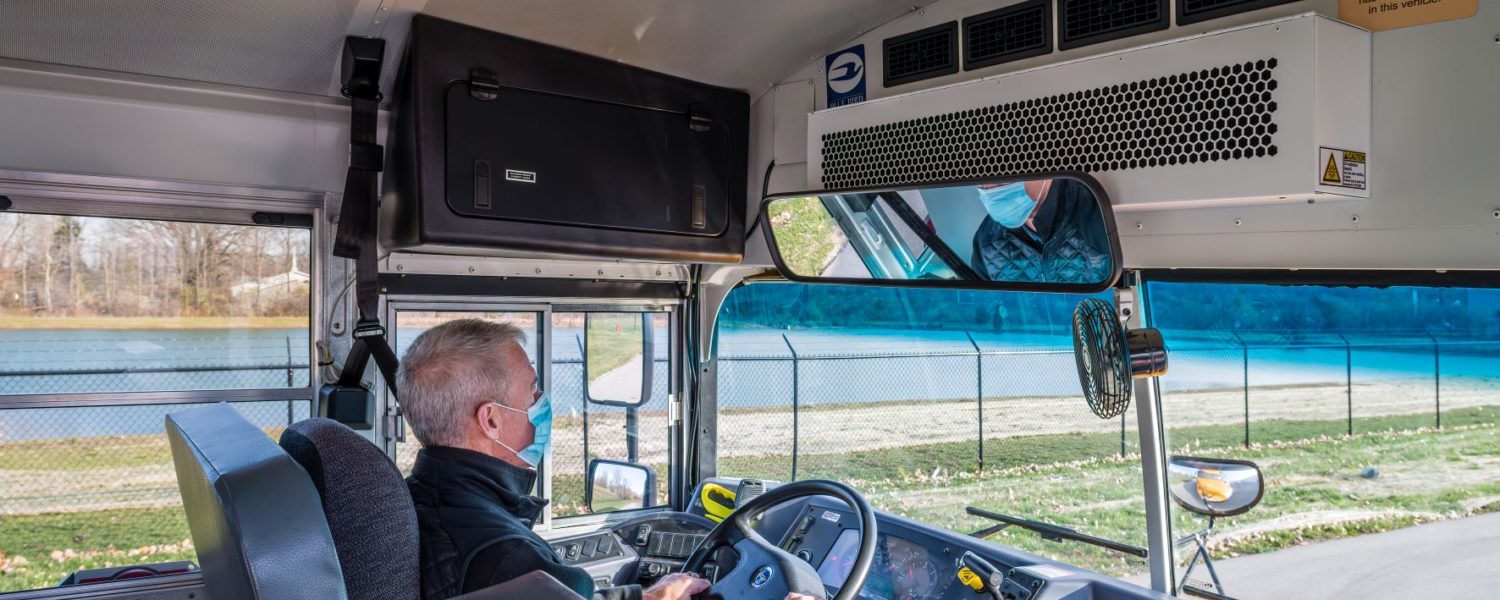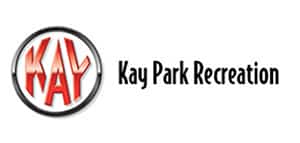By Andrew Desmarais
A lot has changed over the last 18 months. If we’re lucky, one of those changes will be our conviction, approach and investment in opportunities to improve indoor air quality (IAQ). Breathing clean air has implications not only in schools but across the built environment. From pathogen mitigation to improved cognition and performance, clean air like clean water, is at the core of good health and well-being.
Consider the pandemic we are dealing with today. The magnitude of COVID-19’s impact is unprecedented. However, it’s not the first and likely not the last of its kind, a respiratory virus spread through infectious aerosols in the air. That’s right, SARS-CoV-2, is primarily if not entirely spread through airborne transmission. While spraying disinfectants and wiping down surfaces is not necessarily a “bad” practice, and one that many schools have become familiar with, it’s not an effective strategy to continuously address airborne pathogens or particulates.
How do you improve indoor air quality?
The probability of transmission for any airborne pathogen is impacted by time, the infectivity of the disease, and the concentration of airborne infectious aerosols or particles (aka contaminants) inside a space. The goal of any IAQ strategy should be to reduce the concentration of contaminates, the benefits of which extend far beyond COVID-19.
The American Society of Heating, Refrigerating and Air-Conditioning Engineers (ASHRAE) is the recognized industry association that establishes standards for ventilation, filtration and indoor air quality. ASHRAE’s guidelines help set building codes and inform the CDC and other public health officials. Requirements for air quality in classrooms, the gym, cafeteria, and other areas of a school’s facilities have been developed over many years, and have been updated recently with learnings from the latest pandemic. In fact, the federal government appropriated billions of dollars to public and private schools to operationalize these IAQ recommendations in their school facilities.
The recommendations for improving indoor air quality center around 1) diluting indoor contaminants by bringing in clean outside air, 2) filtering contaminants out of recirculated air, and 3) supplementing with air cleaners that have a proven safety and efficacy (i.e. Ultraviolet Germicidal Irradiation), especially when it’s difficult to accomplish increasing ventilation and filtration (1).
VENTILATION (OUTSIDE AIR)
A school’s infrastructure can make increasing ventilation an easy or difficult strategy. For schools with an updated HVAC footprint ASHRAE recommends running systems to at least code minimum ventilation (2).
ASHRAE 62.1 Ventilation for Acceptable Indoor Air Quality has been adopted as code throughout the U.S. and sets guidelines for outside air, which dilutes indoor contaminants. A classroom should bring in 10 cubic feet of clean outside air every minute for the number of people in that space, plus 0.12 cubic feet per minute per square-foot of the space.
Increases beyond code minimum can help further dilute the concentration of contaminants but often results in energy penalties and significant increases in operating costs to properly condition the air. For schools with a dated infrastructure, increases in ventilation are often attempted by opening windows and doors. This strategy may work well for some, but for most, the level of outside air supplied is insufficient and variable as a singular strategy, not to mention severely impacted by the weather and other environmental conditions.
FILTRATION
ASHRAE recommends MERV-13 filtration as a minimum for the reopening of classrooms (3). Filters are rated on MERV levels from low to high, based on the particles they remove. Dr. Brent Stephens of the Illinois Institute of Technology published a report for the National Air Filtration Association, titled “HVAC filtration and the Wells-Riley approach to assessing risks of infectious airborne diseases.” The report concludes that MERV-13 filters remove 87-percent of the total droplet nuclei expelled during human respiration.
While filtration is an effective strategy, higher efficiency filtration can be difficult to apply to some existing equipment. Higher efficiency filters can have a higher “pressure drop” which can result in reduced airflow, poor system performance and increased operational expense. Consult a highly qualified mechanical contractor before changing your system’s filtration efficiency.
Some systems don’t even have a filter. This reality, in combination with the challenges above, has led to the proliferation of permanent and portable air purifiers. Procurement and ongoing maintenance cost, noise, placement and space requirements, should be considered. Experts say to target for 3-6 total room air changes per hour of outside air plus cleaned recirculated air.
Clean Air Delivery Rate (CADR) is an objective measure that can be used when comparing different air purifiers. CADR is a product of the airflow being cleaned and the efficiency of the filter, in cubic feet of clean air per minute. A 1,000-square-foot classroom with a 9-foot ceiling would need at least 27,000 cubic-feet of clean air per hour for three air changes per hour. Properly filtering this space would require a device capable of providing a CADR of at least 450 cfm.
It’s also important to take into account the impact to operational expenses, including material and labor required for maintenance, and the noise level and space requirements of the filtration device. Replacement filters, especially HEPA filters, can be quite expensive.
AIR CLEANING
Ultraviolet Germicidal Irradiation (aka UVGI, UVC) is an air cleaning technology explicitly recommended as a potential air cleaning supplement by the CDC and ASHRAE (5). UVC is not an additive air cleaner meaning it does not put chemicals, ions, or other substances into the air people breathe and has been used for over 80 years to effectively and safely inactivate airborne and surface pathogens.
The CDC website on ventilation states that UVC can kill viruses, including SARS-CoV-2, which causes COVID-19. There are also practical guidelines on the CDC’s website of how to safely apply UVC, making sure UVC shines on pathogens, not on occupants and materials. This type of technology can be integrated inside the duct of your HVAC system to help clean pass by air OR placed in-room to help continuously clean air in the space while it’s occupied. Proper placement of Upper-Air UVGI systems can result in roughly 10 equivalent outside air changes per hour. Many companies offer UVC solutions, and CADR can also be used to compare UVC offerings.
TRANSPORTATION
Transportation is often an overlooked but critical extension of the school facility when it comes to improving IAQ. Students may spend as much time on a school bus as they do in the classroom. The density of people and poor filtration efficiency in transportation vehicles means the concentration of contaminants can be much higher than in buildings. Buses typically bring in no outside air through their HVAC systems, and whatever outside air does enter a bus through windows is unfiltered and likely contains roadside pollution (6). Because of these reasons, cleaning the air on buses with ASHRAE and CDC recommended strategies can provide the biggest impact on the health of your community.
History has shown that multiple outbreaks, pandemics, or tragedies are often required to trigger meaningful change in how we approach a problem, reference the 19th century Cholera outbreaks for a history of waste water management. Hopefully the last 18 months are enough to prevent a future reminder. While there is no silver bullet, improving IAQ is another layer of protection to help mitigate the spread of disease and promote the health and well-being of our communities.
Andrew Desmarais is the chief operating officer of Lumin-Air, a company that specializes in air cleaning systems for buildings and public and pupil transportation, www.lumin-air.com.
- Bahnfleth and Degraw (2021). ASHRAE Epidemic Task Force Core Recommendations Reducing Airborne Infectious Aerosol Exposure. ASHRAE Journal May 2021. https://www.ashrae.org/file%20library/technical%20resources/covid-19/may2021_18-21_ieq_bahnfleth.pdf
- American Society of Heating, Refrigerating and Air-Conditioning Engineers. (2016). ASHRAE standard 62.1: Ventilation for Acceptable Indoor Air Quality. Atlanta, GA
- ASHRAE (2021). Epidemic Task Force Schools and Universities. American Society of Heating, Refrigerating, and Air-Conditioning Engineers Information https://www.ashrae.org/file%20library/technical%20resources/covid-19/ashrae-reopening-schools-and-universities-c19-guidance.pdf
- Stephens, B. (2013). (rep.). HVAC filtration and the Wells-Riley approach to assessing risks of infectious airborne diseases. Retrieved from https://www.built-envi.com/publications/nafa_iit_wellsriley%20-%20FINAL.pdf
- CDC (2021). Ventilation in Buildings. Centers for Disease Control and Prevention. https://www.cdc.gov/coronavirus/2019-ncov/community/ventilation.html
- EPA (2021). Research on Near Roadway and Other Near Source Air Pollution. United States Environmental Protection Agency. https://www.epa.gov/air-research/research-near-roadway-and-other-near-source-air-pollution










